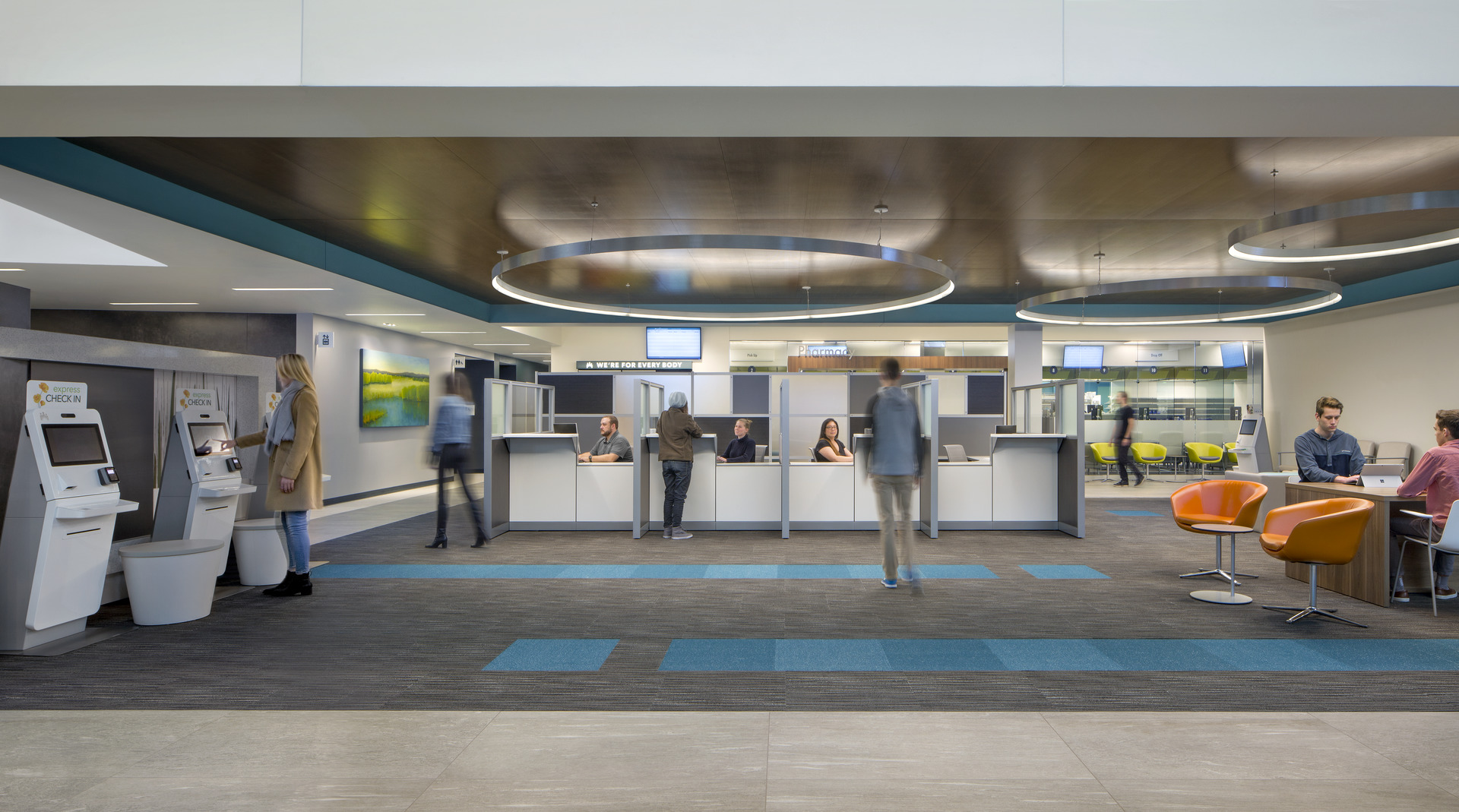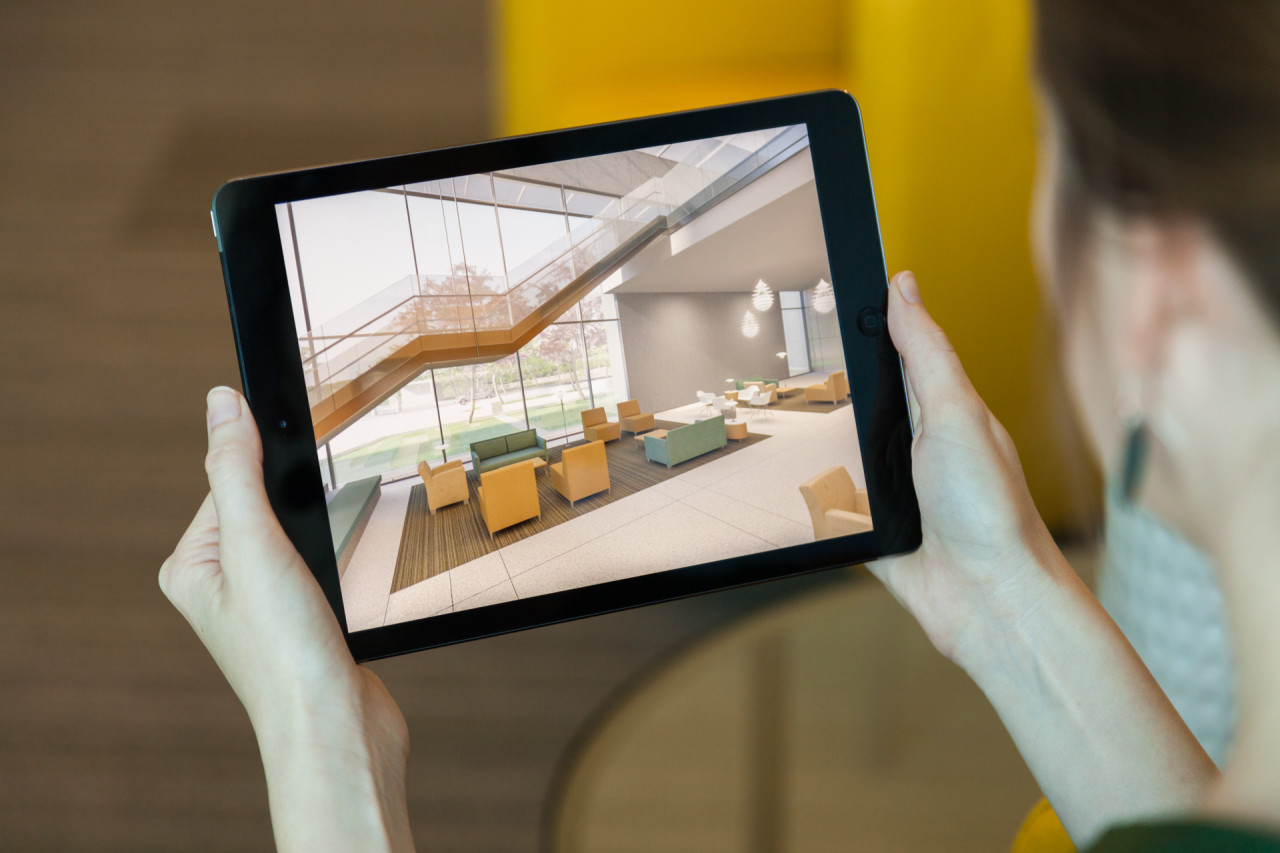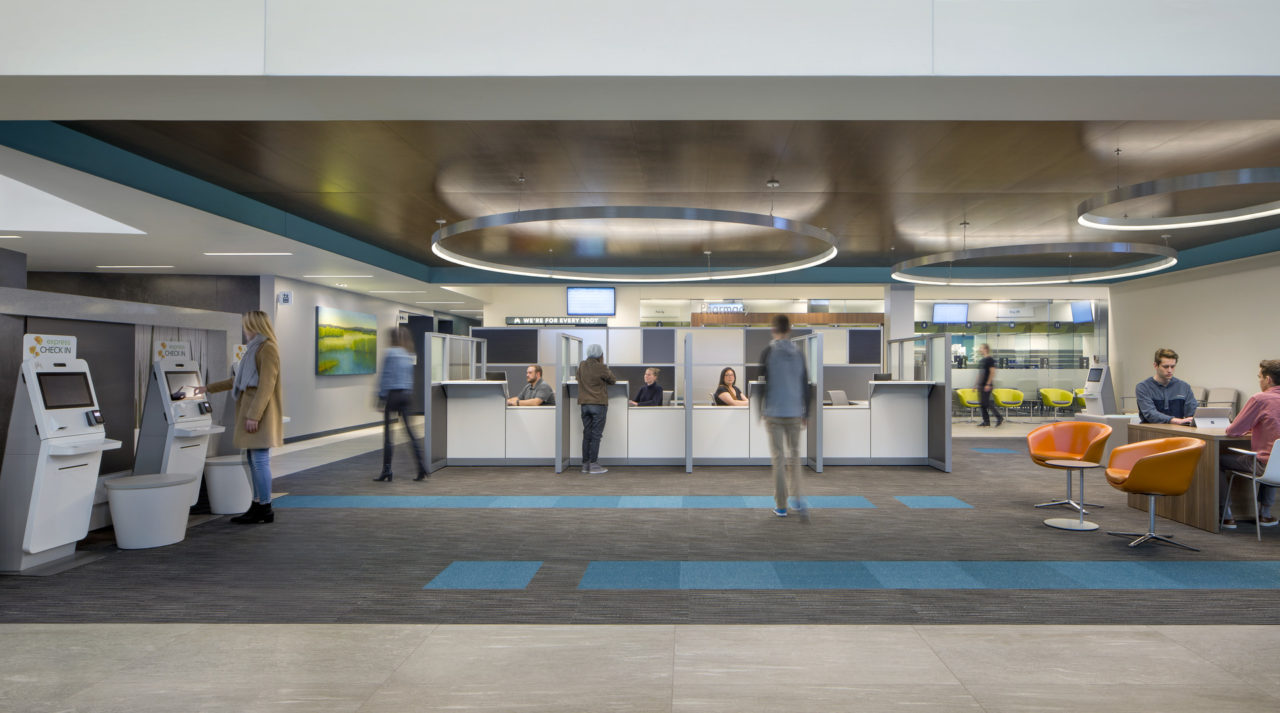The profession of architecture is one that dates back to ancient times, with a profound impact on the built environment of civilizations all over the world. The evolution of the practice has been relatively slow; while technologies and styles have evolved, the fundamentals today are not all that different than they were historically.
However, with the rapid evolution of available technologies, and the integration of them into the profession, the role of an architect is changing faster than it ever has before. At HMC Architects, we believe that the best way to stay relevant in our changing profession is to always be considering what the future holds, and pushing ourselves and the boundaries of the profession.
The Core Tenets of Architecture
Taking a building from concept to reality is a long, involved process, with each project presenting its own unique set of challenges. For the sake of discussion, the core tenets of the architectural process can be simplified as follows:
- Interpreting client
- Developing a design solution
- Submitting a design for approval from the local building agency
- Conveying the design solution to the contractor via construction documents
- Verifying that the construction is true to the documents provided
There are nuances to those responsibilities, such as code compliance and environmental considerations, but the core of our business is still solution-based, with a focus on problem-solving.
Looking forward, while the tenets may more or less stay the same, there will be less of a focus on the drawing process of the construction documents, and more of a focus on innovative solutions and how they affect as well as support the users of the space.
In turn, clients are becoming more sophisticated, and are demanding a higher level of understanding of the process and, in some cases, desire to be integral to its completion. Luckily, technologies are also advancing, allowing a higher level of information to be easily conveyed.
 Technological Advancements
Technological Advancements
Technology is migrating into architecture more and more every day. The speed to market has increased significantly with the industrialization of construction with companies like Katerra and DIRTT. These firms are applying logistics via Google Maps to deliver materials to the job site quicker, along with the science of prefabrication to increase the efficiency of construction, which in turn delivers the project quicker to market.
The integration of technologies such as virtual reality, artificial intelligence, big data, real-time collaboration, and parametrics are all about optimization. With these capabilities, many aspects of the design process are streamlined, error margins are greatly reduced, and the life-cycles of projects are extended.
While this is ideal from an operational and logistical standpoint, it also means that some of the traditional aspects of architecture, specifically the drawings, are going to fade away, and the next generation of architects will have a whole new type of deliverables.
These digital outputs, such as building information modeling (BIM), assist in achieving higher performing buildings by looking at regenerative design, renewability, life-cycle costs, and app-based maintenance programs. We also anticipate that, with the digital delivery of construction documents, they will no longer be plan checked by an individual, but by a program-based software; a virtual plan check of sorts. This will speed up the agency approval time, streamlining the path from design to construction while reducing the margin for human error.
The focus is shifting from pure architecture to an environment that is both architectural and user-focused to enhance the occupants’ experience. Our clients are looking for ways to get the most out of their buildings with user apps and sensors that allow them to gather data to determine which spaces are truly utilized, which will drive the need to design for more or less space. Clients will also be using technology and data analytics to determine the life-cycle costs of buildings, as well as forecast occupant experiences to drive future buildings and programs.
With this heightened emphasis on technology, the role of the architect has frequently come into question. While the human component of architecture can never be replaced, many of the once-manual processes can. Architecture and its practitioners must be willing to embrace the migration towards a wholly digital design experience. Adaptability, flexibility, and early adoption of new technologies and procedures will ensure that the collaborative minds at the center of the profession remain a fundamental component of architecture as a whole.
 The Future of Architecture as a Profession
The Future of Architecture as a Profession
In order to effectively adapt to this future, we, as architects, need to shift our focus to the end-user experience, speed to market, the efficiency of programmed space, and efficiency of construction. In addition to aesthetically beautiful designs, there will be more emphasis on how a building operates and supports the end-users, and their overall experience. The architecture of the building is an extension of the client’s business, a tool to enhance the occupants and the members of the community.
Many architectural achievements throughout history have been driven by the art form and the ego. With the modern shift towards performance and the business necessity of creating a functional building for the client’s need, the architect of the future must strike a balance between form and function, art and science, as well as technology and soul. Only time will tell just how balanced these concepts will be but, at present, they’re exhibiting a synergy that makes it a truly fascinating time to be an architect.
While it’s impossible to see into the future, smart architects will keep a finger on the pulse of the profession, and anticipating what the future will demand of them. HMC prides itself in its thought leadership and is always open to conversations about the evolution of their client’s needs. If you have any questions ideas, reach out to HMC Architects today. We’re happy to chat with you about the future of architecture as a profession. You can also email Brian Staton, CEO, directly.




